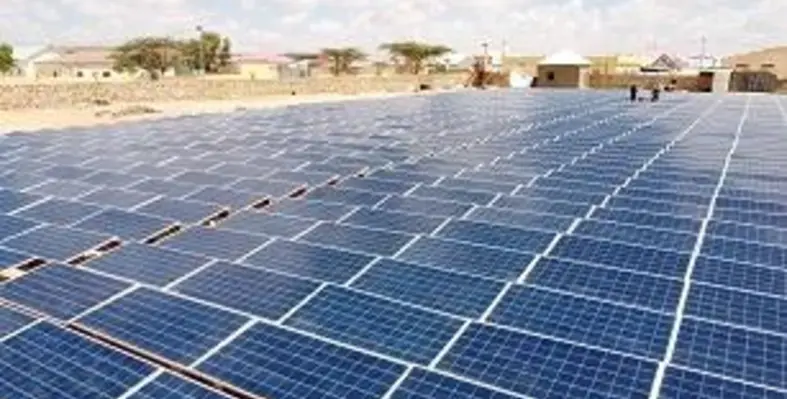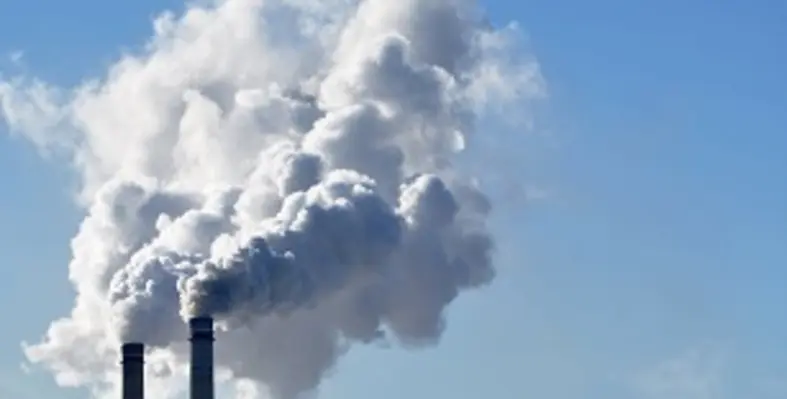
The Government of Côte dIvoire aims to raise the share of renewable energy in the country’s electricity generation mix to 42% by 2030. (Image source: Adobe Stock)
AMEA Power, a fast-growing renewable energy company, has signed a concession agreement and 25-year power purchase agreement (PPA) with the Government of Côte dIvoire for a 50MW solar PV project


